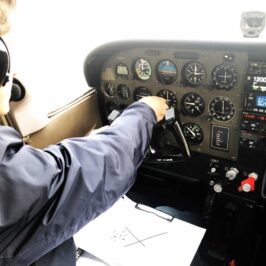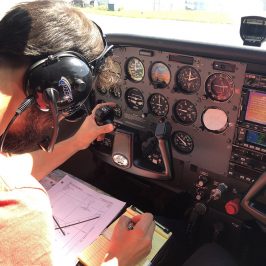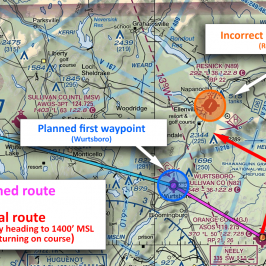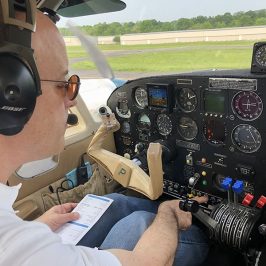(Continued from Part II)
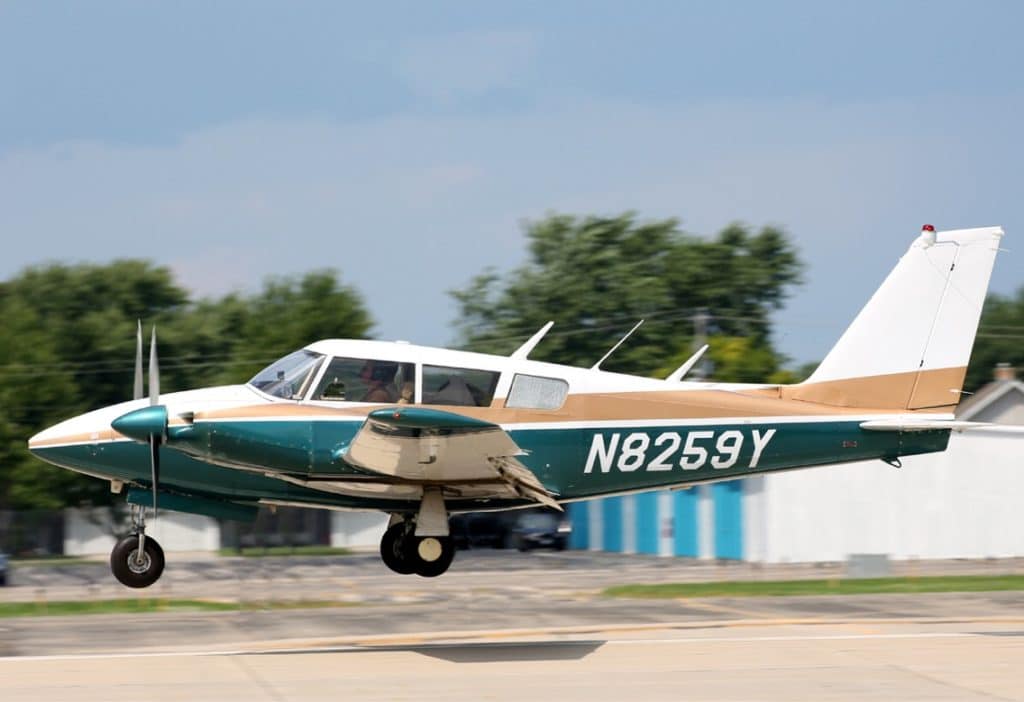
Step 4: ADs
I warned you we’d get back to ADs! Virtually all aircraft have had one or more Airworthiness Directives issued against the type certificate. These are nothing more than formal recognition that a safety issue has been identified with the specific make, model and serial number of an aircraft, and a prescription to eliminate the problem as well as its inherent risks have been developed to protect the owner/operator and general public. The ADs might apply to the airframe, engine, components, avionics, or even modify operating limitations. So how can you, the pilot, determine if an AD requires equipment to be on-board and operative?
There’s “an app for that.” Well, a website, actually. Meet the FAA’s Airworthiness Directives page and search functionality.
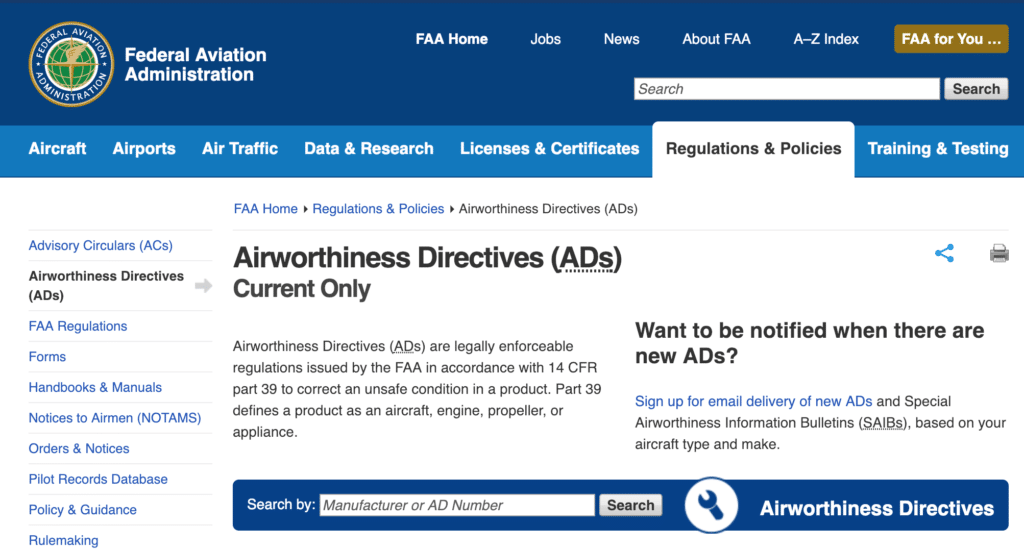
It is possible to simply enter the aircraft identifier (PA-28R-201T) and be given a list of results which apply. As of the time of this writing, 21 results appear for the PA-28R-201T, the most recent of which was from 2018, and the oldest from 1977. Navigating this list is potentially an involved process, and we’ll only touch on that lightly within this discussion.
Not surprisingly, a search here does not reveal the requirement for one of two navcom radios to be on-board and operative based on Airworthiness Directive. But there is a result which pertains to radios. For the sake of the exercise, let’s look at AD 80-14-03, which applies to Arrow III serial numbers 28R-7837001 through 28R-7837317.
This AD references “Bendix, King, or Narco Transmitters” with factory installed control wheel push-to-talk switches. However, given the date of the AD’s publication (7/1/1980) and the fact that this is a non-recurring, one time Airworthiness Directive, chances are it was complied with long ago. The AD required the service to be accomplished “within the next 10 hours time in service after the effective date of this AD,” so unless the aircraft sat unattended for a period of time, it would be reasonable to assume one might find a logbook entry roughly corresponding with that date.
But for the purpose of tracking down whether we can proceed with our inoperative navcom radio, we’ve satisfied the “applicable AD” part of 91.213. Let’s continue.
Step 5: 91.205 and 91.207
14 CFR 91.205 is, of course, the verbosely titled “Powered civil aircraft with standard category U.S. airworthiness certificates: Instrument and equipment requirements.” Most pilots remember it as the regulation which stipulates the instruments and equipment necessary for VFR Day, VFR Night, and IFR operations. (TOMATO-A-FLAMES) is a popular mnemonic and reciting the requirements of 91.205(b) is commonly expected of private pilot applicants during the practical test oral. (14 CFR 91.207 speaks to Emergency Locator Transmitters, or ELTs.)
A quick review of 14 CFR 91.205(b), “Visual-Flight Rules (day)” shows no requirements for a navigation or com radio. 14 CFR 91.207 does not apply since it is the exclusive domain of ELTs.
So far, so good! And we’ve arrived at the penultimate step in the process: having determined that the inoperative equipment is not required by 1) the aircraft equipment list or the Kinds of Operations Equipment List, 2) the aircraft VFR-Day Type Certificate requirements, 3) AD, or 4) 14 CFR 91.205 and 91.207, it is now possible for an authorized person to remove or deactivate the radio, placard it as inoperative, and make an entry in the maintenance record indicating such.
Who can perform this work? 14 CFR 91.213(d)(3) says that the inoperative equipment must be:
(i) Removed from the aircraft, the cockpit control placarded, and the maintenance recorded in accordance with §43.9 of this chapter; or
(ii) Deactivated and placarded “inoperative.” If deactivation of the inoperative instrument or equipment involves maintenance, it must be accomplished and recorded in accordance with part 43 of this chapter;
14 CFR §43.9(3)
Clearly, an AMT would be considered an “authorized person” under 14 CFR 43.7(b) and could do this work. But what about the pilot? The short version to that answer is this: it depends on on whether the deactivation “involves maintenance.”

It would be permissible to “deactivate” the navcom by simply turning it off. Although AC 91-67 was canceled in 2017 for the purposes of ICAO harmonization, the definition of “deactivation” appears within its pages and is likely to reappear after AFS-820 publishes a revised version of the AC. In any case: “Deactivation means to make a piece of equipment or an instrument unusable to the pilot/crew by preventing its operation.”
Let’s assume the radio’s power switch can be placed in the “off” position, and a dedicated circuit breaker is accessible to the pilot. The pilot may pull the circuit breaker, leave the power switch in the off position, placard the instrument “inoperative” and last but not least, make an entry in the aircraft’s maintenance log. Per 43.9(3), above, this work does not “involve maintenance.”
Go a step further: can the pilot remove the #2 navcom? Would that “involve maintenance?”

